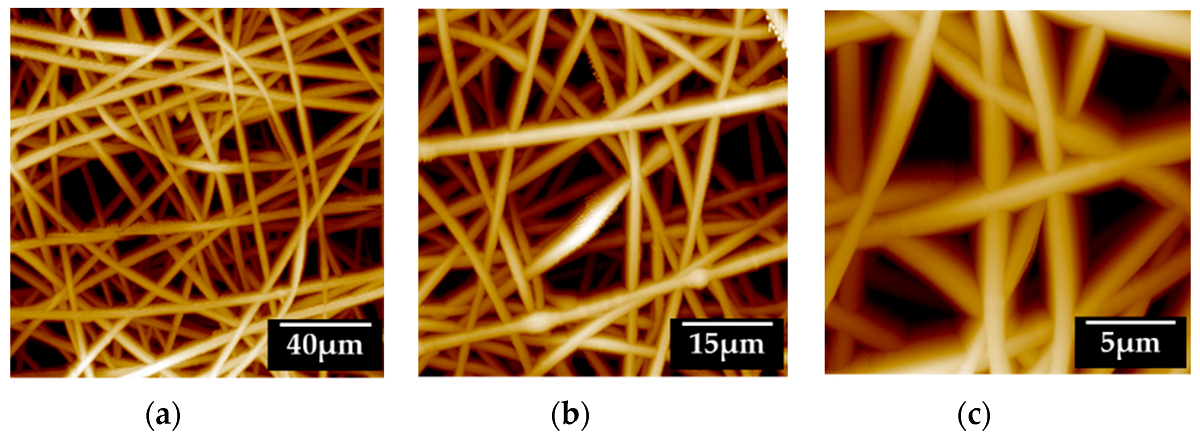Surgery, particularly open surgery, is known to cause tissue/organ adhesion during healing. These adhesions occur through contact between the surgical treatment site and other organ, bone, or abdominal sites. Fibrous bands can form in unnecessary contact areas and cause various complications. Consequently, film- and gel-type anti-adhesion agents have been developed. The development of sustained drug delivery systems is very important for disease treatment and prevention.*
In “Development of a Lidocaine-Loaded Alginate/CMC/PEO Electrospun Nanofiber Film and Application as an Anti-Adhesion Barrier” Seungho Baek, Heekyung Park, Youngah Park, Hyun Kang and Donghyun Lee describe how the drug release behavior was controlled by crosslinking lidocaine-loaded alginate/carboxymethyl cellulose (CMC)/polyethylene oxide (PEO) nanofiber films prepared by electrospinning.*
Lidocaine is mainly used as an anesthetic and is known to have anti-adhesion effects.*
Based on the results presented in the article, this study shows that the drug release behavior can be controlled by using CaCl2 as a nontoxic crosslinking agent to produce a good anti-adhesion barrier that can prevent unnecessary tissue adhesion at a surgical site.*
The authors selected atomic force microscopy (AFM) using NANOSENSORS™ PointProbe® Plus PPP-NCHR AFM cantilevers to analyze the electrospun films.*

Morphological and surface characterization of the 9% (w/v) alginate/CMC/PEO nanofiber film. Analyses used the noncontact mode of atomic microscopy. (a–c) are the same films at different scales (scale bars 40 µm, 15 µm, and 5 µm).
*Seungho Baek, Heekyung Park, Youngah Park, Hyun Kang and Donghyun Lee
Development of a Lidocaine-Loaded Alginate/CMC/PEO Electrospun Nanofiber Film and Application as an Anti-Adhesion Barrier
Polymers 2020, 12(3), 618
DOI: https://doi.org/10.3390/polym12030618
Please follow this external link to read the full article: https://www.mdpi.com/2073-4360/12/3/618/htm
Open Access: The article “Development of a Lidocaine-Loaded Alginate/CMC/PEO Electrospun Nanofiber Film and Application as an Anti-Adhesion Barrier” by Seungho Baek, Heekyung Park, Youngah Park, Hyun Kang and Donghyun Lee is licensed under a Creative Commons Attribution 4.0 International License, which permits use, sharing, adaptation, distribution and reproduction in any medium or format, as long as you give appropriate credit to the original author(s) and the source, provide a link to the Creative Commons license, and indicate if changes were made. The images or other third party material in this article are included in the article’s Creative Commons license, unless indicated otherwise in a credit line to the material. If material is not included in the article’s Creative Commons license and your intended use is not permitted by statutory regulation or exceeds the permitted use, you will need to obtain permission directly from the copyright holder. To view a copy of this license, visit http://creativecommons.org/licenses/by/4.0/.